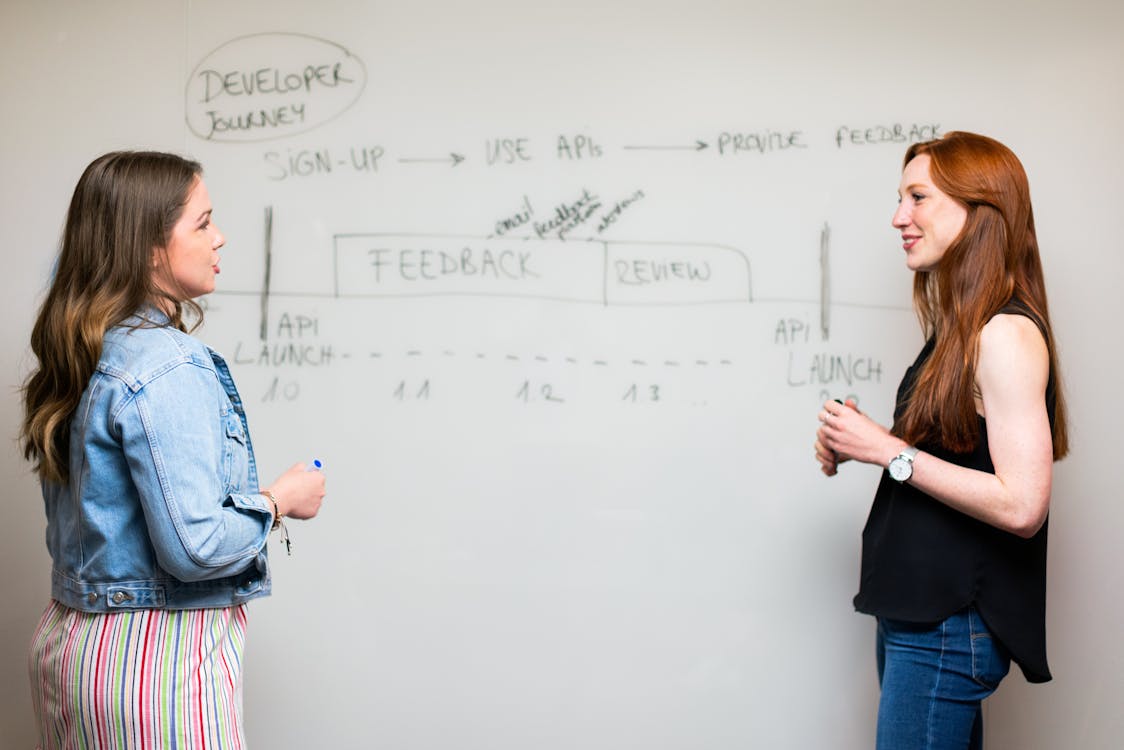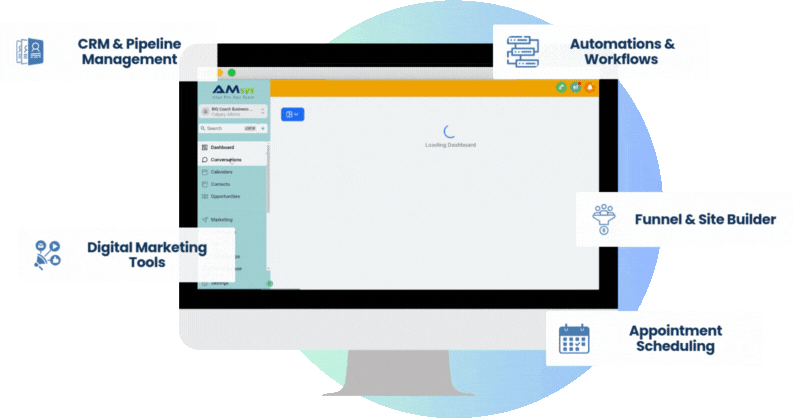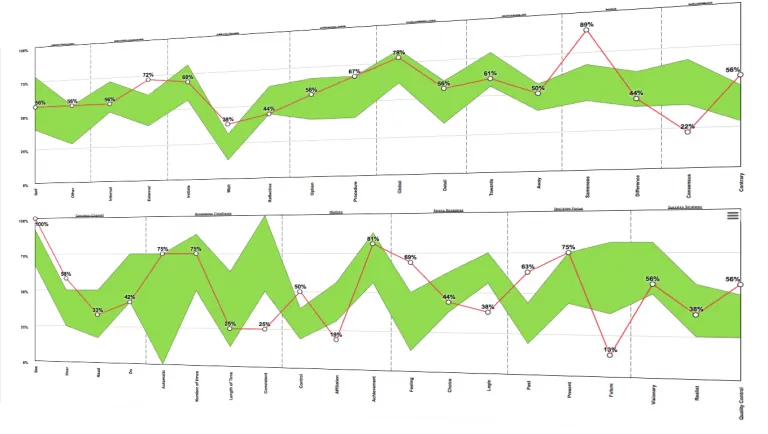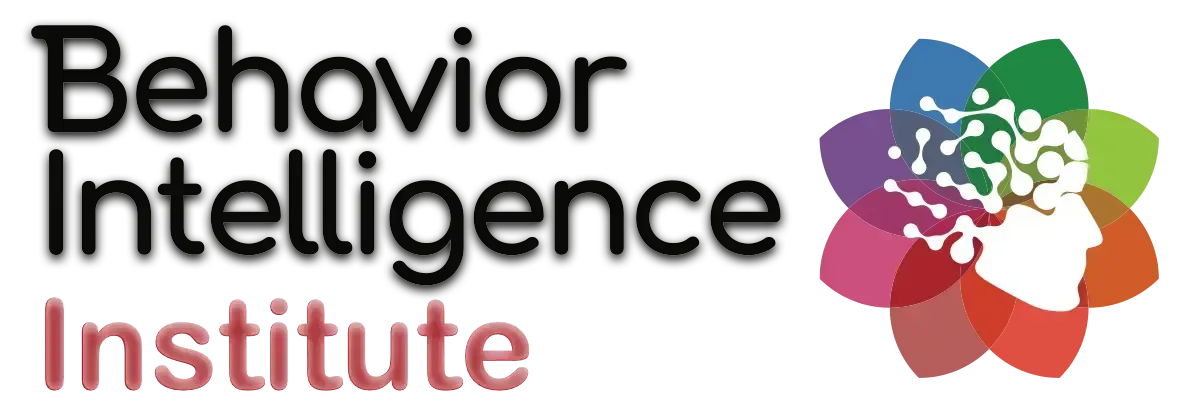Contact Us





Login/Register
Contact Us





Login/Register

Integration Session: Your 30-Day Leadership Plan
Transformation doesn’t happen by chance. It happens through deliberate practice, consistent feedback, and the courage to interrupt old patterns. In this session, I walked through a 30-day leadership plan designed to help you build lasting change—whether you’re a coach guiding leaders, or a leader committed to your own growth.
This isn’t theory. It’s a framework that takes awareness and turns it into action, then builds consistency until new behaviors become automatic.
Why a 30-Day Plan?

We’ve all read books, attended seminars, and gathered knowledge that felt good in the moment but faded quickly. Information alone is entertainment. Transformation happens only when knowledge is applied consistently in real life.
The 30-day plan is structured to:
Create awareness of blind spots and biases
Develop the ability to interrupt unhelpful patterns
Practice new, intentional behaviors
Build consistency until behaviors become unconscious habits
Think of it as reprogramming your brain through practice. Like learning to drive, play an instrument, or ride a bike—repetition wires behaviors into automatic responses.
The Four Phases of Transformation

Phase 1: Foundation
Everything begins with awareness. Before you can change, you need to see clearly what’s holding you back.
Focus on:
Blind spots: What are you missing that others see? Ask colleagues, mentors, or coaches for feedback.
Biases and judgments: Where do your assumptions distort decisions?
Emotional triggers: Do you suppress, overreact, or channel emotions effectively?
Core principles: What outcomes and values matter most in your leadership?
Daily practice:
End each day by reflecting: What patterns did I notice in myself today? Did they serve me?
Ask trusted peers: What do you notice about my leadership patterns?
Use assessments like AccuMatch or our LISA Self-Awareness Survey to map thinking and behavior patterns.
Phase 2: Pattern Interrupt
Once you can see your patterns, the next step is learning to interrupt them. You can’t transform without breaking the cycle of “automatic” behaviors.
Steps to practice:
Identify your trigger – What situations spark your default reactions?
Find the interrupt point – Where can you pause before the old habit plays out?
Replace with a new behavior – Decide in advance how you want to act instead.
Important reminders:
Work on one pattern at a time. Don’t try to fix everything.
Small wins matter. Changing one behavior creates ripple effects across your leadership.
Interrupting patterns proves to your brain that transformation is possible.
Phase 3: Consistency
By the third week, it’s all about repetition. This is where practice turns into rewiring.
Don’t chase perfection. Focus on consistent progress, not flawless execution.
Review daily. What outcome are you working toward? What pattern did you interrupt today?
Keep the bigger purpose in mind. Your efforts should be aligned with your leadership goals, not just random improvements.
Neuroscience shows that habits become unconscious when practice creates new neural pathways. The more you practice, the stronger the “superhighway” of automatic behavior becomes.
Phase 4: Optimization

By week four, you’re refining and embedding your new behaviors.
Eliminate what no longer serves you. Not all strengths are strengths in every context.
Use feedback loops. Growth only sticks when you embrace feedback from others and your environment.
Leverage accountability. Coaches, mentors, or peer partners help you stay on track and accelerate progress.
Document your roadmap. Track your blind spots, judgments, emotions, and actions weekly. If you don’t measure, you won’t know if you’ve truly changed.

The Role of Feedback and Accountability
One truth in leadership: you can’t transform alone. Feedback is how you see what you can’t. Accountability is how you stay consistent when motivation dips.
Practical ways to integrate accountability:
Work with a coach who can map your progress.
Partner with a peer for daily or weekly check-ins.
Share your commitments publicly—community creates powerful pressure to follow through.
Common Excuses to Watch For
Transformation can be uncomfortable, and excuses often surface:
“I don’t have time.” → You only need a few minutes daily to reflect.
“I forgot to practice.” → You’re human. Missed days are exceptions, not rules.
“I don’t see results.” → Change is gradual. Leadership growth is like hair growth—you notice it only over time.
“Old patterns feel easier.” → Of course they do. Transformation always feels harder before it feels natural.
Beyond 30 Days: Sustainable Growth

While 30 days is a powerful starting point, true transformation is a longer journey. Think in cycles of 3 months, 6 months, and 12 months.
First 3 months: The heavy lifting—daily practice, awareness, and interrupting patterns.
Next 6 months: Preventing relapse into old behaviors.
Final 12 months: Reinforcement, reflection, and identifying new areas of growth.
Transformation is ongoing. Each behavior you reprogram builds the belief that you can change, making the next challenge easier.
Your Leadership Commitment
If you’re ready to begin, here’s a framework to document and share with an accountability partner:
My #1 transformation priority this month is: ____
In 30 days, I will have accomplished: ____
My accountability partner is: ____
We will measure progress by: ____
When I face obstacles, I will: ____
Write it down. Share it. Let others hold you to it.

Final Thoughts
Leadership transformation isn’t about perfection. It’s about practice. Start small, get quick wins, and let those wins build belief. Feedback, accountability, and consistency turn intentions into behaviors—and behaviors into results.
Your transformation starts the moment you act. Don’t wait. Begin your 30-day leadership plan today.
👉 Take the LISA Self-Awareness Assessment at biqorg.com/lisa to score your blind spots, biases, emotional triggers, and action principles. Or, connect with us to join the upcoming Masterclass where we’ll walk through this journey together.
Subscribe to our Newsletter!
Get the latest insights on coaching, behavior intelligence, & leadership.

Copyright 2025 • All Rights Reserved
Behavior Intelligence Organization is a Division of NLP Profiles Inc.
Terms of Use | Privacy Policy









